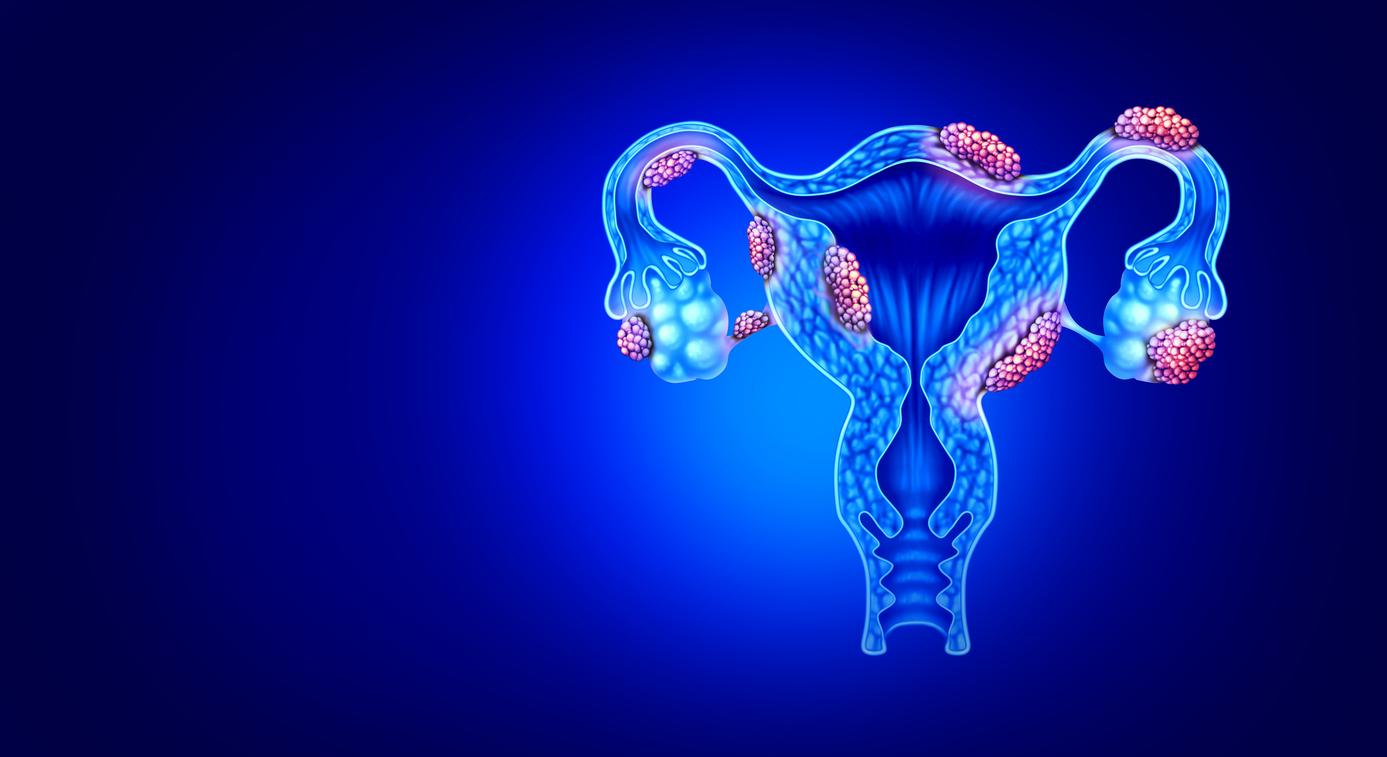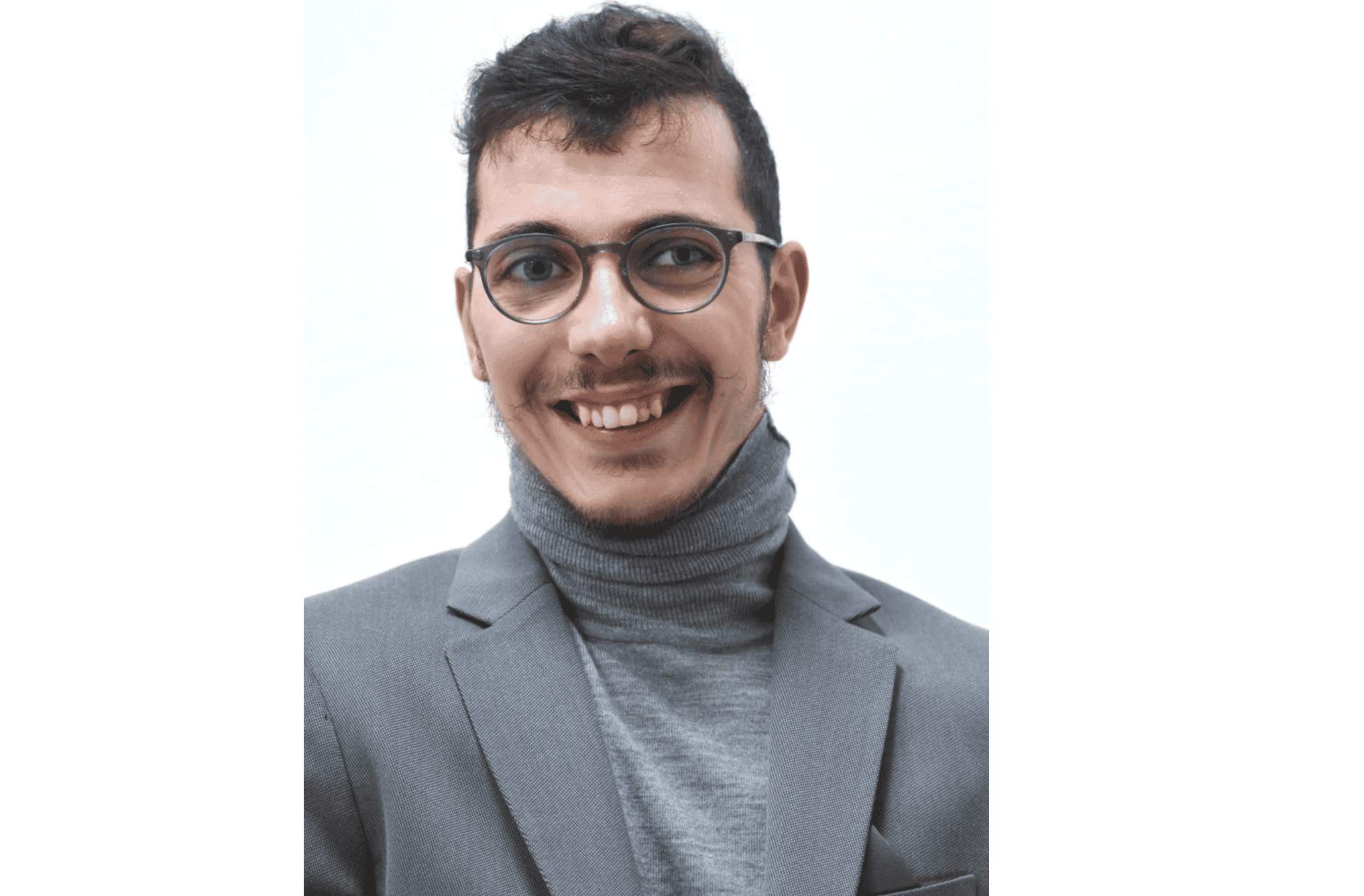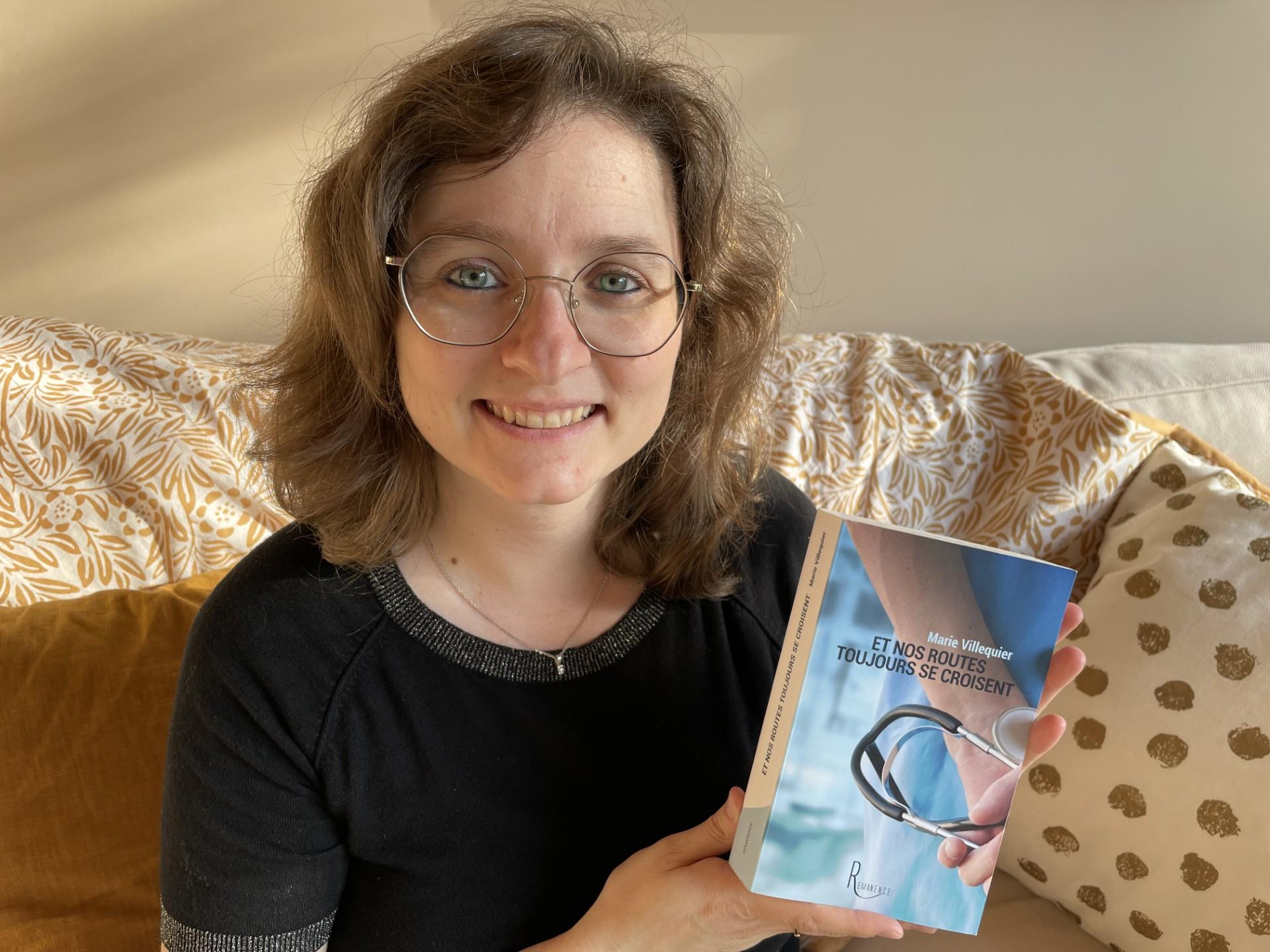At 32, Nantcy decided to stop taking the pill to start a family with her partner. But time passes and the expected pregnancy does not arrive. And after 3 years of trying everything (blood tests, moving, dietary changes, etc.), the experts she consults still have no explanation. In reality, Nantcy suffers from a invisible illnessbut she didn’t know that yet.
Since the onset of her first period, Nantcy has suffered from various debilitating symptoms on a daily basis. “I suffered from my first cycle” she remembers. “Then, I didn’t have my periods for two years, then again for 8 months. Until I was 15, I never knew when the red waves were going to arrive. The only clue was excruciating stomach aches, not being able to move, and fainting spells.. So I missed school in those cases.” But there you go, the women in her family have always suffered heavily during their periods. So it would be normal. And from the medical profession, she gets the same answers. “Doctors and gynecologists that I was able to consult always told me that it was normal to have a stomach ache during periods, that it was in my head and that I must be a little cranky. Having total trust in health professionals, I told myself, like so many other young girls and young women, that I had to be patient.
Yet, internally, I sensed that there was a malfunction. I asked myself more questions when the symptoms intensified.”
Painful sexual intercourse (dyspareunia), chronic fatigue, stomach aches at ovulation, and premenstrual syndrome (PMS) to which is added the fact that she was unable to become pregnant despite stopping the pill…” However, they continued to tell me that everything was normal, without wanting to prescribe the slightest test to detect endometriosis. Finally, it was during an MRI for a fertility assessmentafter having strongly insisted, that the verdict fell, in June 2019, after more than 20 years of medical wandering.
“After 20 years of medical wandering, my pain is finally recognized!”
L’endometriosis is characterized by the presence of tissues similar to the uterine lining outside the uterus, often responsible for severe pain during menstrual periods. It is a chronic and inflammatory disease often called invisible. “All these women often suffer in silence or are not taken seriously. Their symptoms are minimized and called into question,” laments Nantcy. According to the French Association for the Fight against Endometriosis, 70% of affected women suffer from disabling chronic pain and diagnosis takes on average 7 years.
When the long-awaited diagnosis was announced, Nantcy finally felt heard. “The first thing that came to my mind was: ‘I knew it! FINALLY, I know what I have, I’m not crazy! After 20 years of medical wandering, my pain is finally recognized!‘. At first, the announcement of the diagnosis was a real relief for me, but immediately afterwards, anger, sadness and fear arose. I asked myself, ‘Why is this happening to me?’ After a long period of “acceptance” (shock, denial, revolt, reflection…), I wanted to better understand the illness to try to reduce my daily ailments, which impacted all spheres of my life (social, professional and personal).”
“Writing has also been my therapy […] I put all my heart into it”
After his diagnosis, Nantcy embarked on the long journey of PMA (medically assisted procreation). She felt it like a real tidal wave for which she was not prepared. “We sometimes feel so alone and misunderstood, without really knowing who to turn to, thatit was difficult for me not to act, as a patient and a journalist“, she confides.
A journalist for many years, Nantcy therefore decided to write the book (Endometriosis, PMA, how to better live your journey?, ed. Fauve) that she would have liked to have by her side and dedicates it to her readers. “To better help them and support them in their journey, I decided to testify and provide them with answers to the questions they may ask with the help of experts. Writing has also been my therapyit did me a lot of good to put down on paper my feelings, my doubts, my advice too, which I share with pleasure.”
“Like more than one woman in ten, I have felt many times misunderstood by those around me, who, not understanding this affection, think that I am constantly exaggerating. Like more than one woman in ten, I often keep quiet about my problems, so as not to worry, so as not to seem like the one who complains all the time. I frequently took it upon myself by trying to deny the pain.” So with his book, and his Instagram account (@mieux_vivre_endo_pma), she aspires to create “a true sorority ofendogirls” where mutual aid and sharing reign.
“My dear and painful endometriosis, today I would like to say THANK YOU”
It may seem surprising but today, Nantcy wants to thank his illness. “It was important for me to thank her, to bury the hatchet. She, on the one hand, affected me enormously, but also taught me a lot about me, about my flaws and my abilities, and that’s that’s what I remember. Even if it’s not easy every day, that’s for sure, she alerted me to my ingratitude towards my body. Thanks to her, I learned to listen to him more, to let go, to take care of myself. She taught me to love myself, to believe in myself, to free myself from guilt, to surpass myself and to enjoy the present moment when I can and to take it easy when things aren’t going well.”
Approximately 40% of women affected by endometriosis are affected by subfertility. Thus, the diagnosis of endometriosis is not synonymous with infertility contrary to what one might think. But it is true that many women discover that they suffer from this disease during a fertility check-up because they do not have symptoms such as pelvic pain.
Thanks to Nantcy Leone, author of Endometriosis, PMA, How to live your journey better? (Fauves Éditions, October 2022).
Source :French Association for the Fight against Endometriosis











-1739366311.jpg)





